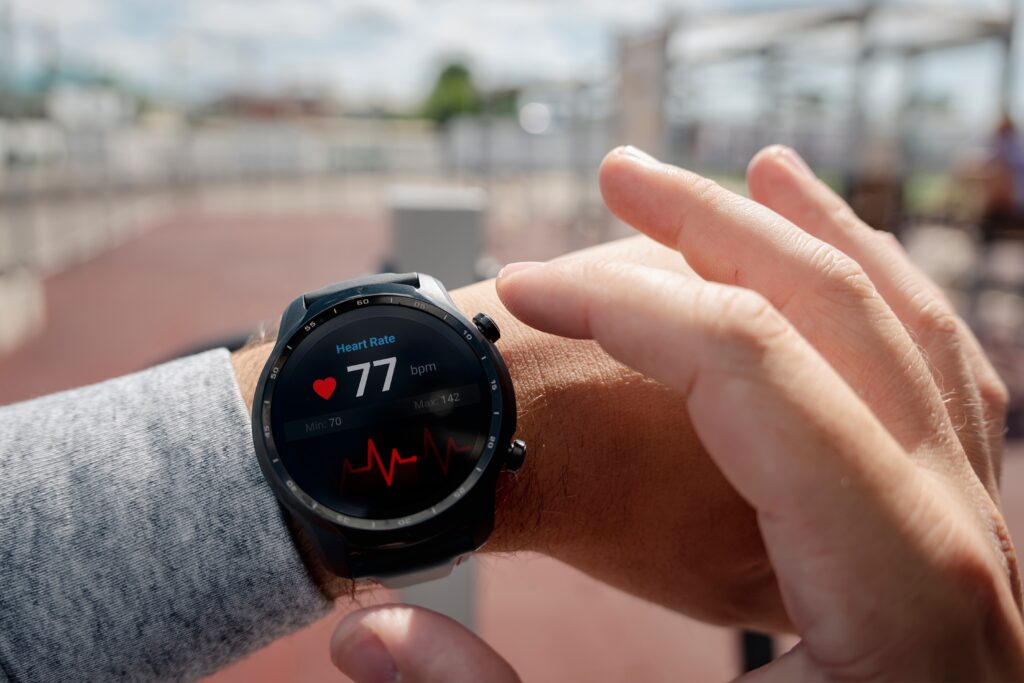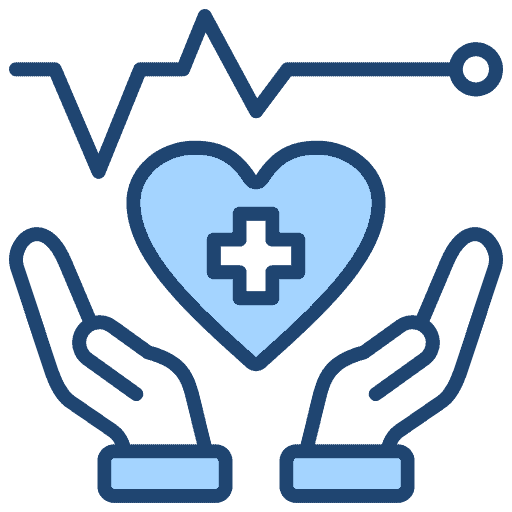
In today’s fast-paced world, technology has placed health literally at our fingertips (and wrists), helping us track, measure, and optimize our well-being like never before. Running watches, health tracking applications, and health rings have become the three champions of this wearable revolution. Together, they represent more than gadgets—they are personal coaches, sleep consultants, and wellness motivators rolled into one sleek design.
This article will dive into the unique benefits of each of these health technologies, explore why they’re trending, and show how they work together to make healthier living not just achievable but engaging.
Before diving into the devices themselves, let’s briefly understand the key health metrics they track. These numbers are more than just data—they’re a reflection of how well our bodies are working and recovering:
- Resting Heart Rate (RHR): A healthy range is 60–100 beats per minute, with lower values often signaling more efficient heart function. An athlete may have an RHR under 60 beats per minute.
- VO₂ Max: Indicates how effectively the body uses oxygen during exercise. A higher score generally reflects better cardiovascular fitness, with healthy adults ranging between 30–60 ml/kg/min.
- Heart Rate Variability (HRV): Measures how adaptable the body is to stress and recovery. Higher values—typically above 50 milliseconds—are associated with resilience and good recovery.
- Respiratory Rate: The quiet marker of balance, with a healthy range of 12–20 breaths per minute in adults.
Together, these metrics provide a window into the body’s performance and recovery, turning invisible processes into insights we can act on. And that’s exactly where wearable technology steps in—making these measurements not only accessible but practical for everyday wellness.
Running Watches: More Than Just Keeping Time
Running watches were once simple stopwatches with straps. Today, they’re advanced biometric powerhouses that offer real-time data far beyond lap times. With features like GPS tracking, optical heart rate sensors, and VO₂ max estimations, running watches empower athletes and casual joggers alike.
Key Benefits:
- Performance Tracking: They monitor pace, cadence, stride length, and even recovery times. This makes them invaluable for runners who want to improve performance while avoiding injuries.
- Motivation Through Metrics: Seeing your progress in numbers can be highly motivating. Daily step counts, distance milestones, and pace improvements push users to stay consistent.
- All-in-One Integration: Many watches pair seamlessly with other apps or rings, syncing everything from sleep data to nutrition logs.
Perhaps the biggest benefit is the ability to personalize training. For example, Garmin and Polar running watches provide adaptive training plans, suggesting workout intensity based on your current fatigue levels. It’s like having a personal coach on your wrist—without the hourly rate.
Health Tracking Applications: The Digital Doctor in Your Pocket
If running watches are the hardware, health apps can be viewed to be the brains of the operation. They take the raw data from wearables and translate it into actionable insights. From calorie counting to stress tracking, health apps are the most versatile component of this health-tech triad.
Key Benefits:
- Comprehensive Health Logs: Apps like Apple Health, MyFitnessPal, and Google Fit consolidate data from multiple devices into one dashboard. Sleep, nutrition, steps, and heart rate trends become part of a single, accessible health profile.
- Behavioral Nudges: Push notifications reminding you to “stand up” or “drink water” may seem simple, but they are proven to support better habits.
What makes health apps especially powerful is their accessibility. Not everyone owns a specialized watch or ring, but almost everyone has a smartphone. This democratizes health tracking, allowing individuals at all levels of fitness to engage in better self-care.
Health Rings: The New Jewel in Wellness Tech
While running watches dominate workouts and apps manage the data, health rings quietly excel at something equally vital: holistic lifestyle monitoring. Compact and stylish, rings like the Oura Ring and Ultrahuman Ring Air focus heavily on sleep, recovery, and overall wellness.
Key Benefits:
- 24/7 Wearability: Lightweight and discreet, rings are less intrusive than watches. Users can comfortably wear them while sleeping, showering, or even attending formal events.
- Advanced Sleep Tracking: Rings measure sleep cycles, oxygen saturation, and heart rate variability (HRV), providing insights into recovery quality and circadian rhythm alignment.
- Long Battery Life: Compared to watches that need frequent charging, many rings last up to a week, making them a reliable daily companion.
Health rings shine in the wellness niche. Instead of urging you to sprint faster, they gently remind you to prioritize rest, balance, and recovery. This makes them ideal for individuals who may not be athletes but want to improve longevity and resilience.
Time Well Spent
Running watches, health tracking apps, and health rings are not just accessories, they are allies in the pursuit of better health. Each brings something unique to the table: precision in performance, insight through data, and balance in recovery.
Together, they transform our relationship with fitness and wellness, proving that sometimes the best investment isn’t in a gym membership but in a device that helps you stay accountable to yourself.
So, whether you’re running a marathon, counting your macros, or just trying to get a good night’s sleep, health tech is here to ensure you’re running on time—literally and figuratively.
References:
Apple. (2023). Apple Health app. Apple Inc. https://www.apple.com/ios/health/.
Fitbit. (2023). Fitbit official site. Google LLC. https://www.fitbit.com.
Garmin. (2023). Garmin running watches. Garmin Ltd. https://www.garmin.com.
MyFitnessPal. (2023). MyFitnessPal app. MyFitnessPal, Inc. https://www.myfitnesspal.com.
Oura. (2023). Oura Ring. Oura Health Ltd. https://ouraring.com.
Polar. (2023). Polar GPS watches. Polar Electro. https://www.polar.com.
Ultrahuman. (2023). Ultrahuman Ring Air. Ultrahuman Healthcare Pvt. Ltd. https://www.ultrahuman.com.
World Health Organization. (2021). Digital health. WHO. https://www.who.int/health-topics/digital-health.
Written By: Francis Ilag

